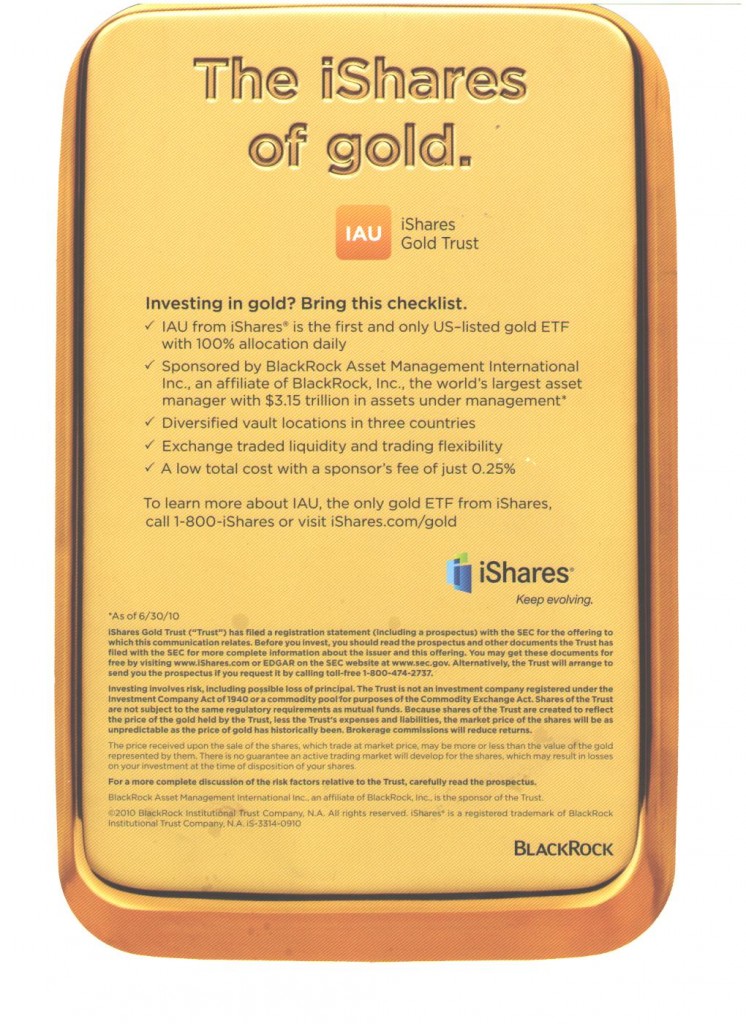The Strange Issue of Price Competition in Asset Management
Part 1 in a series of posts regarding price competition.
Two articles from last week caught my attention. Both centered on product pricing. One suggested a looming price war among ETF providers, which BlackRock downplayed (FT.com, free registration required) just this morning; another reviewed the implications of Vanguard’s lower investment minimums (WSJ, registration required) for its Admiral shares.
Over the years it seems that 99.9% of all articles on fees in the asset management industry revolve around Vanguard. But maybe my memory is selective; my experience tells me that price competition is very real across the board.
To illustrate, I spent a few minutes reviewing the mutual fund products offered to me by Merrill Lynch. A review of available equity funds shows:
- 1,454 have annual expense ratios lower than 1%
- 253 have annual expense ratios below 0.25%
The 253 funds with the lowest expense ratios are offered by 31 different providers, 24 of whom have more than one fund among the group. This is not comprehensive scientific research, but confirms what we all know. Price is an important competitive ingredient in the industry.
So what is the “strange issue” teased in the title of this post? It’s the fact that price, a critical competitive variable, is almost completely absent from firm and product marketing. Fees are disclosed, but there’s very little overt discussion and proactive use of pricing in marketing strategies.
Isn’t this a big missed opportunity for fund marketers? More to come…






